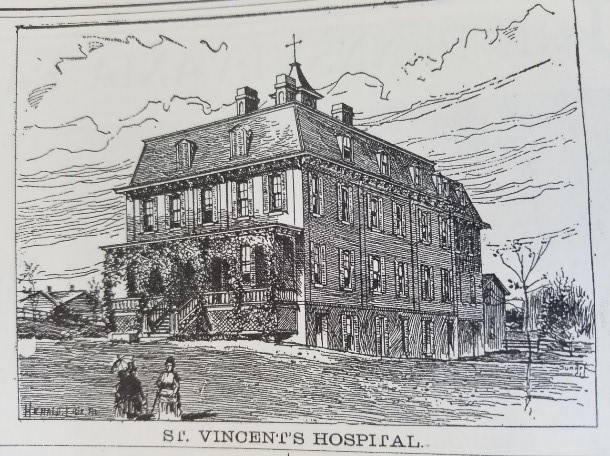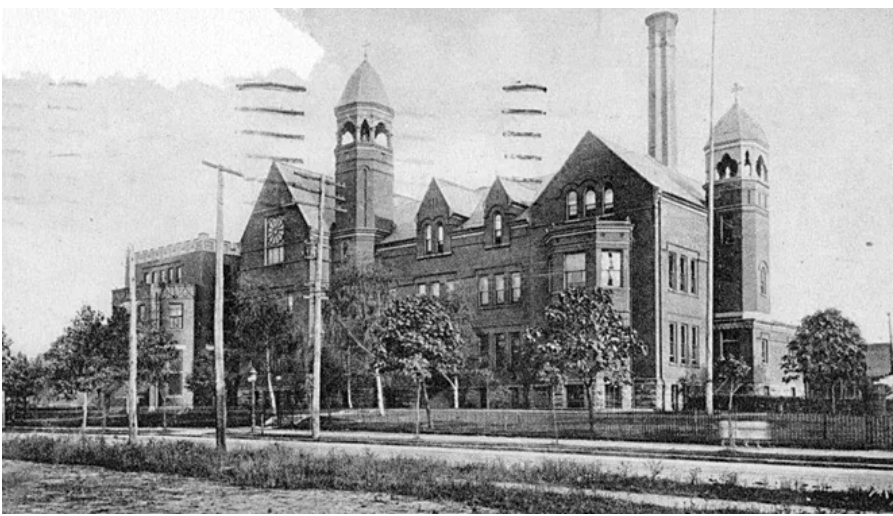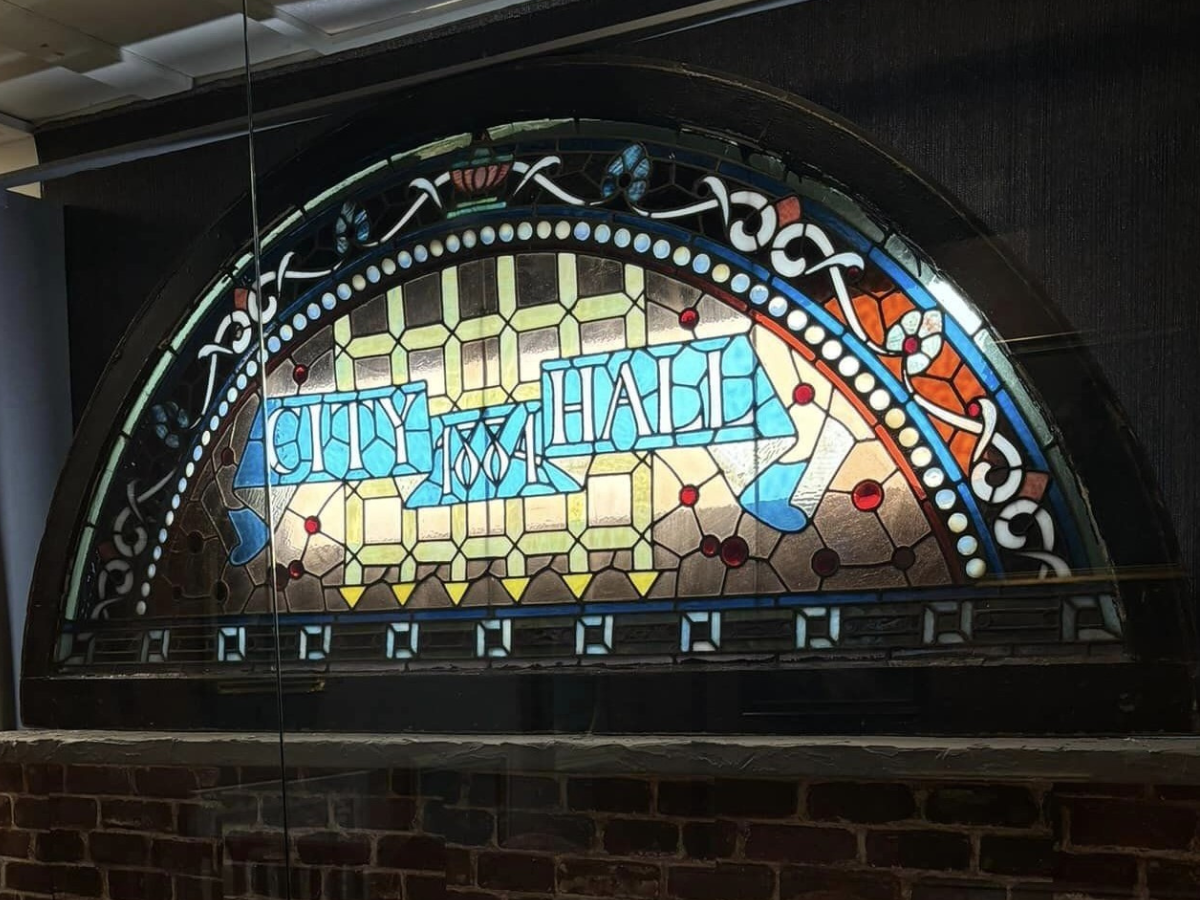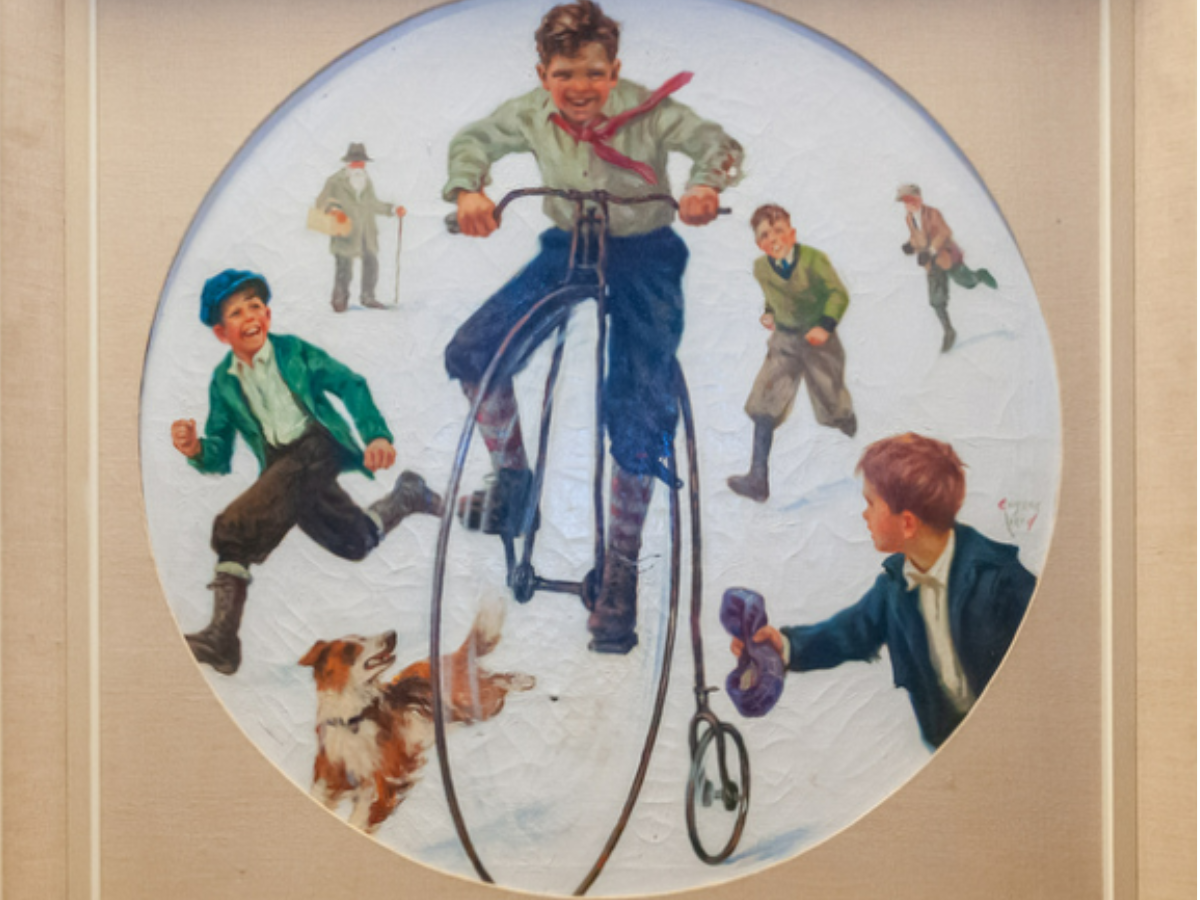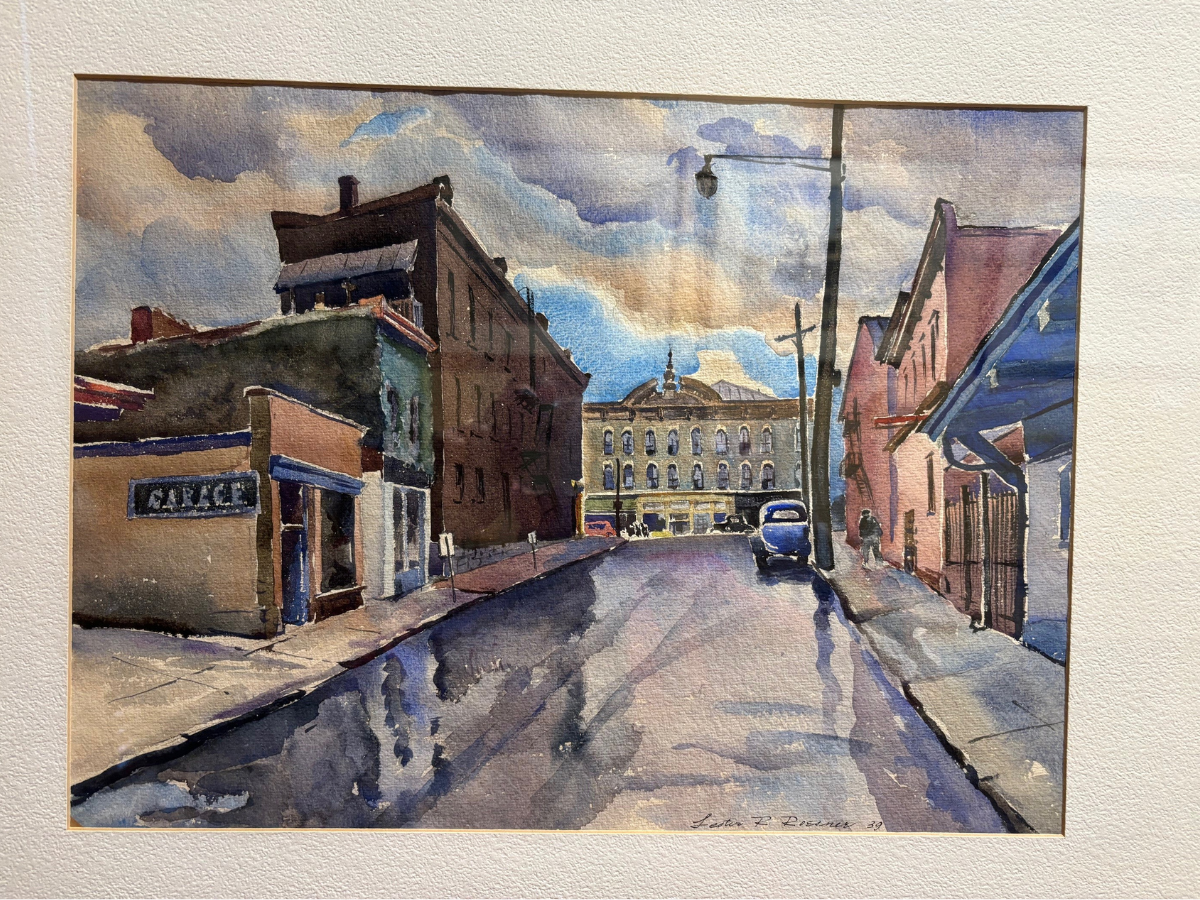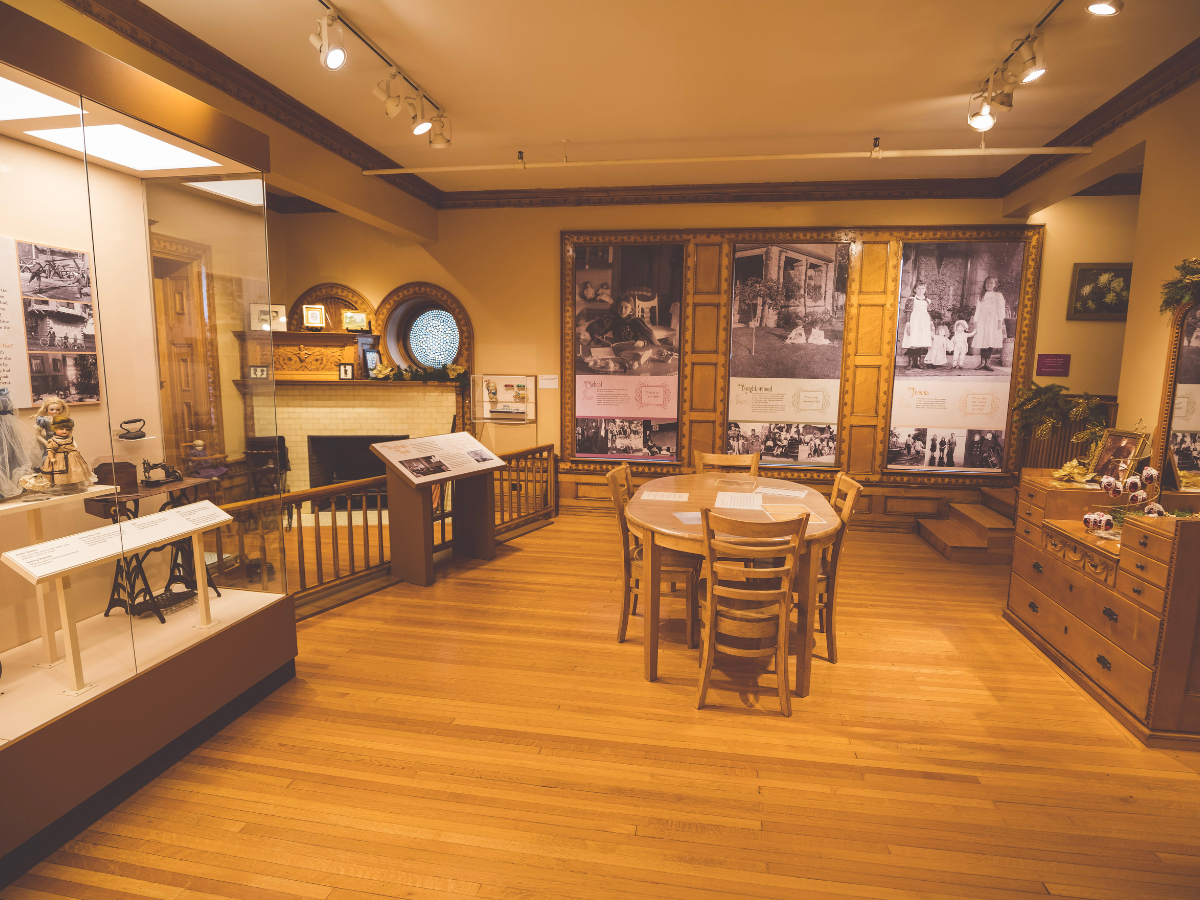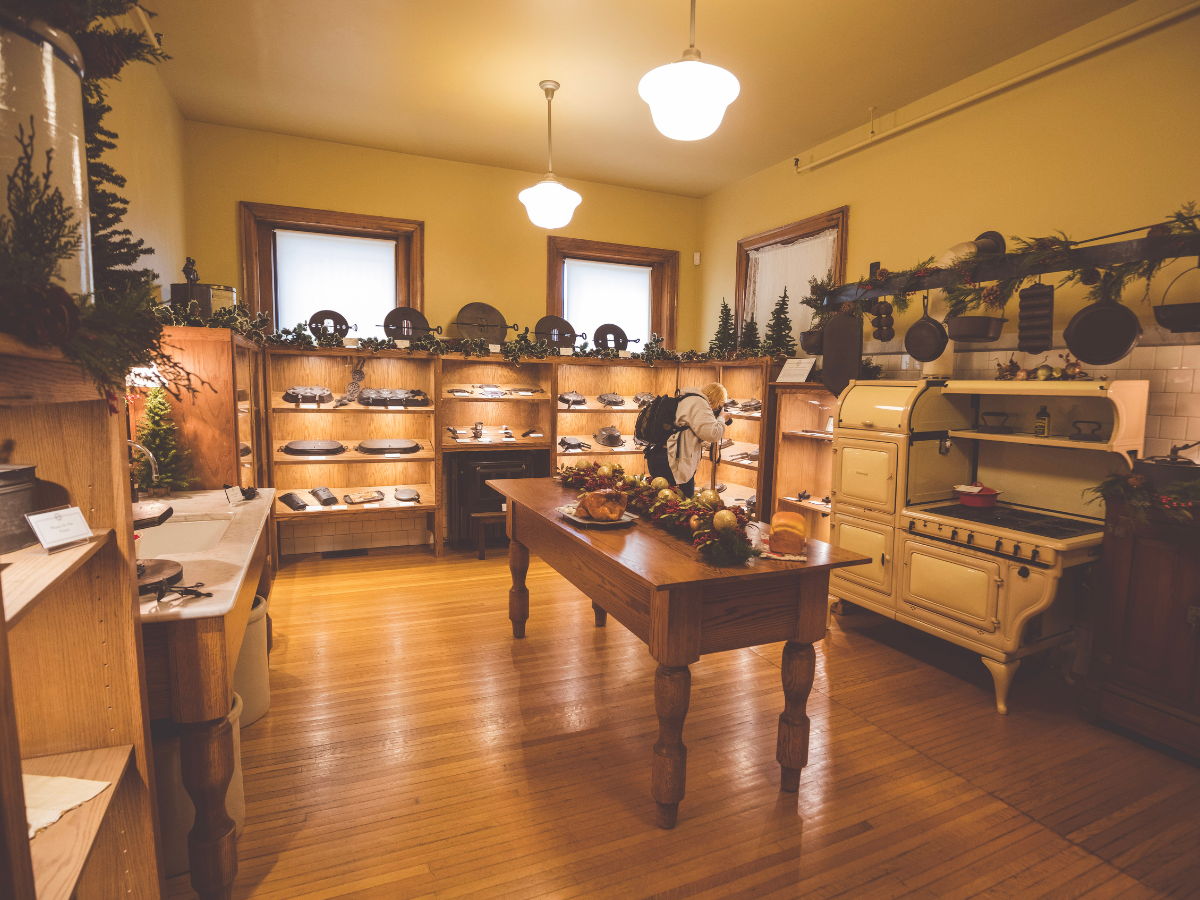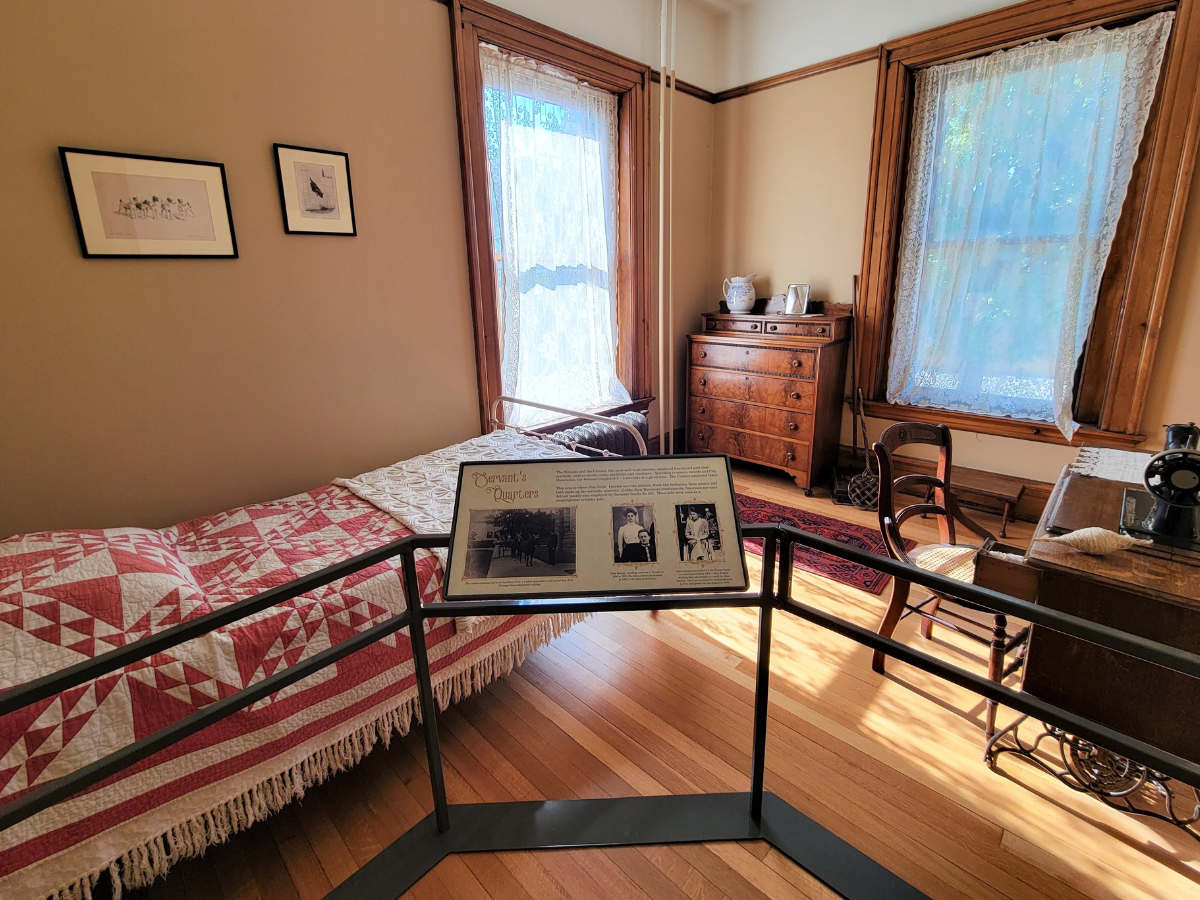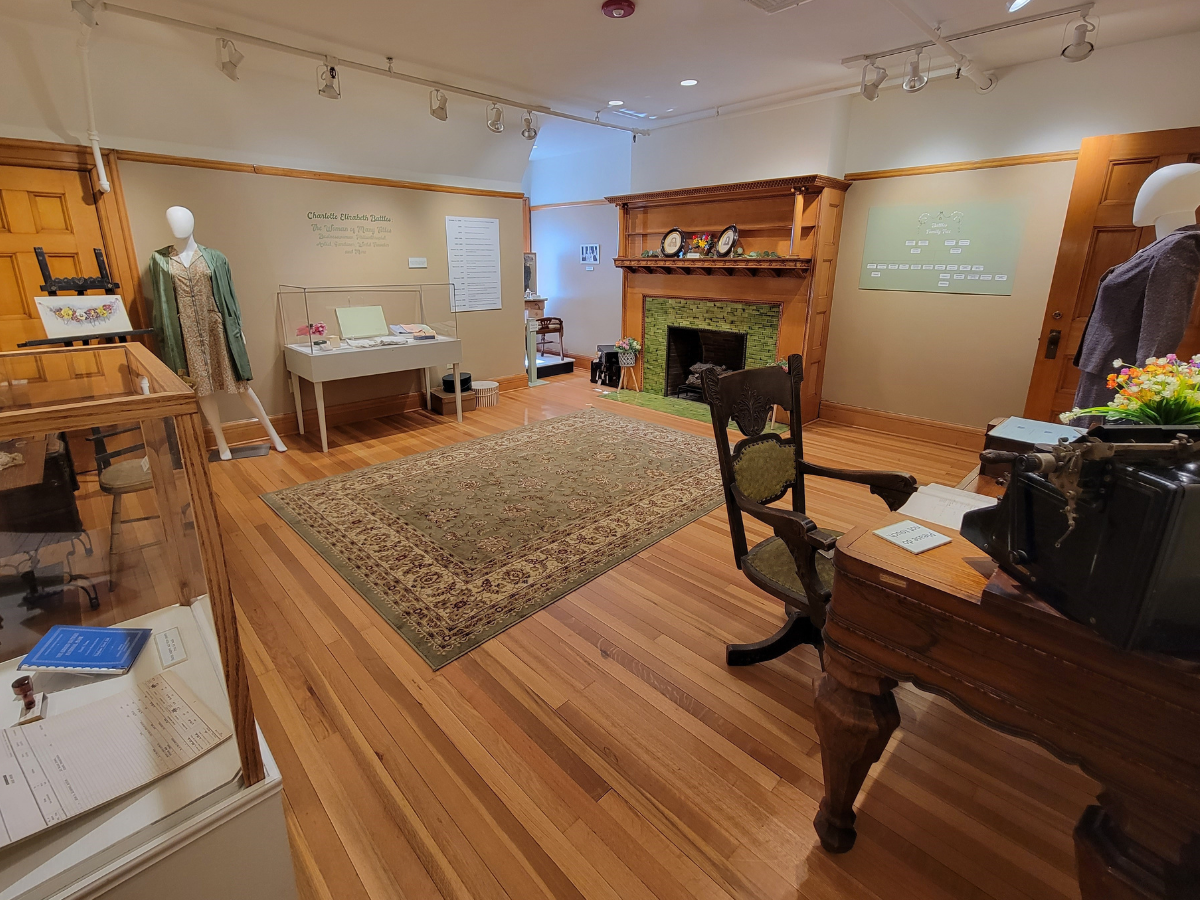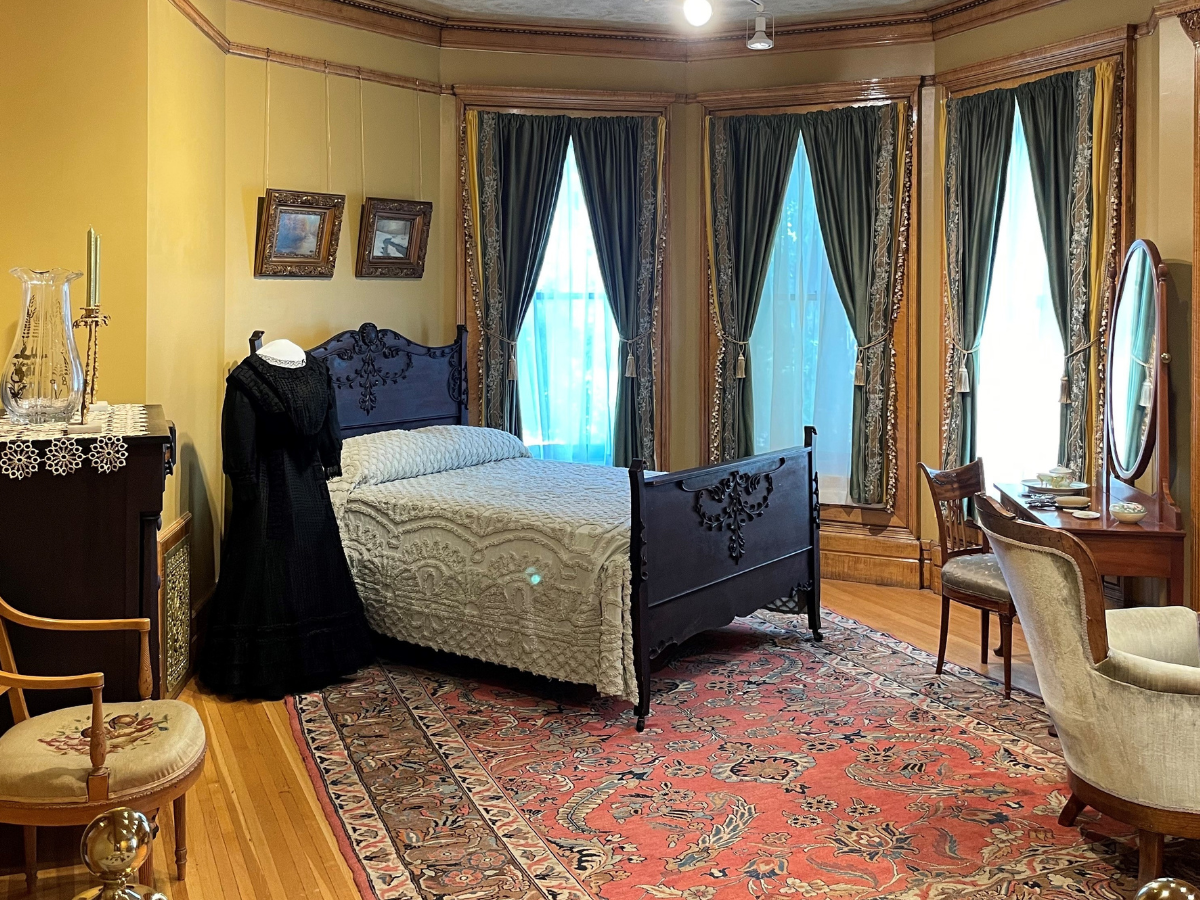Founding Families
In 1792, Erie became a desirable land for settlers from neighboring regions. By 1850, it had grown from a few dozen settlers to nearly 6,000 residents. Businessmen Thomas Rees, Andrew Ellicott, and Judah Colt arrived and sold properties to settlers.
Giles Sanford, Rufus S. Reed, and Daniel Dobbins established businesses, stores, taverns, ship chandleries, and schools. Soon, the next generation of family members like Judah Colt Spencer, Laura Sanford, Myron Sanford, and Lavinia Spencer founded endeavors, agencies, and organizations that Erieites still support to this day. The community impact these families of early Erie cannot be overstated.
One of the most interesting stories is about Laura Sanford, who had a privileged upbringing. She traveled the world and dabbled in painting landscapes and portraits and later she also wrote for the Erie Gazette newspaper, the first woman in the city to do so.
In subsequent years, Laura created what would become The History of Erie County, Pennsylvania, From Its First Settlement, published in 1862.

